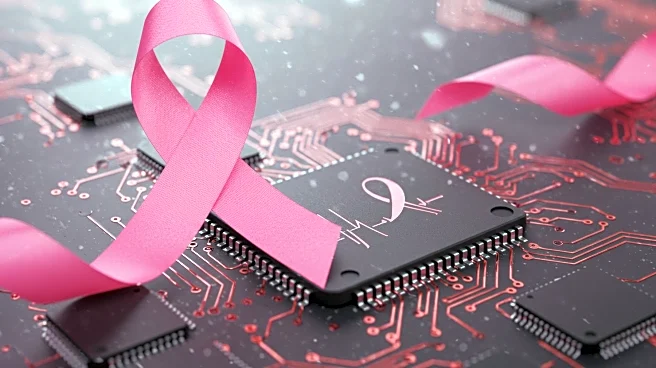Rapid Read • 9 min read
Recent advancements in droplet-based microfluidics have been significantly enhanced by machine learning technologies, offering transformative solutions for biomedical engineering. Droplet microfluidics, a versatile tool for material synthesis, diagnostics, and biochemical analysis, benefits from precise control over droplet size, generation rate, and composition. Passive methods, such as flow-focusing techniques, allow for controlled droplet formation without external actuation, while active methods use external forces for refined control. Machine learning models, including neural networks, are now being used to automate the design of microfluidic devices, optimizing channel geometry and predicting device performance with high accuracy. These models reduce the need for repetitive physical experiments, saving time and costs. The integration of machine learning with microfluidics is revolutionizing the field, enabling advanced data processing and predictive modeling for the design and optimization of biomedical systems.
AD
The integration of machine learning into microfluidic droplet technology is crucial for advancing biomedical applications. By automating the design process and optimizing droplet production, these technologies enhance the efficiency and accuracy of material synthesis and diagnostics. This has significant implications for industries reliant on precise biochemical analysis, such as pharmaceuticals and healthcare. The ability to predict droplet characteristics with high accuracy reduces the time and cost associated with traditional methods, making these technologies accessible to a broader range of researchers and developers. The advancements in droplet microfluidics could lead to more efficient drug delivery systems and improved diagnostic tools, benefiting both healthcare providers and patients.
The continued development of machine learning models for microfluidic applications is expected to further enhance the precision and efficiency of droplet generation. Researchers are likely to explore new methodologies to expand the capabilities of these systems, potentially integrating more complex machine learning algorithms and data-driven approaches. The development of user-friendly software platforms, such as DesignFlow, will facilitate broader adoption of these technologies in research and industry. As these systems become more refined, they may lead to breakthroughs in personalized medicine and advanced diagnostic techniques, driving innovation in the biomedical field.
The ethical implications of using machine learning in biomedical engineering are significant, particularly concerning data privacy and the accuracy of predictive models. As these technologies become more integrated into healthcare systems, ensuring the reliability and security of data will be paramount. Additionally, the cultural shift towards automated systems in research may impact traditional experimental methodologies, requiring adaptation and new skill sets among researchers. Long-term, these advancements could lead to a paradigm shift in how biomedical research is conducted, emphasizing data-driven approaches and interdisciplinary collaboration.
AD
More Stories You Might Enjoy










